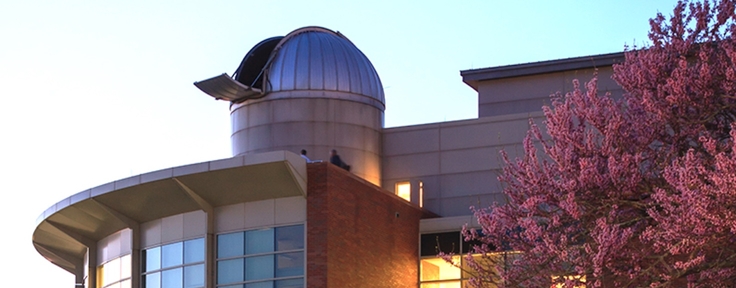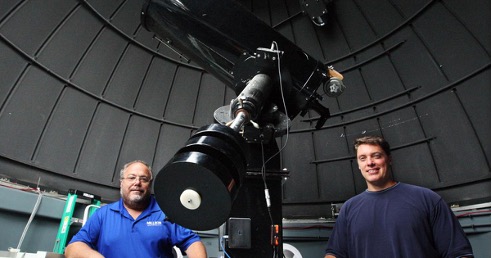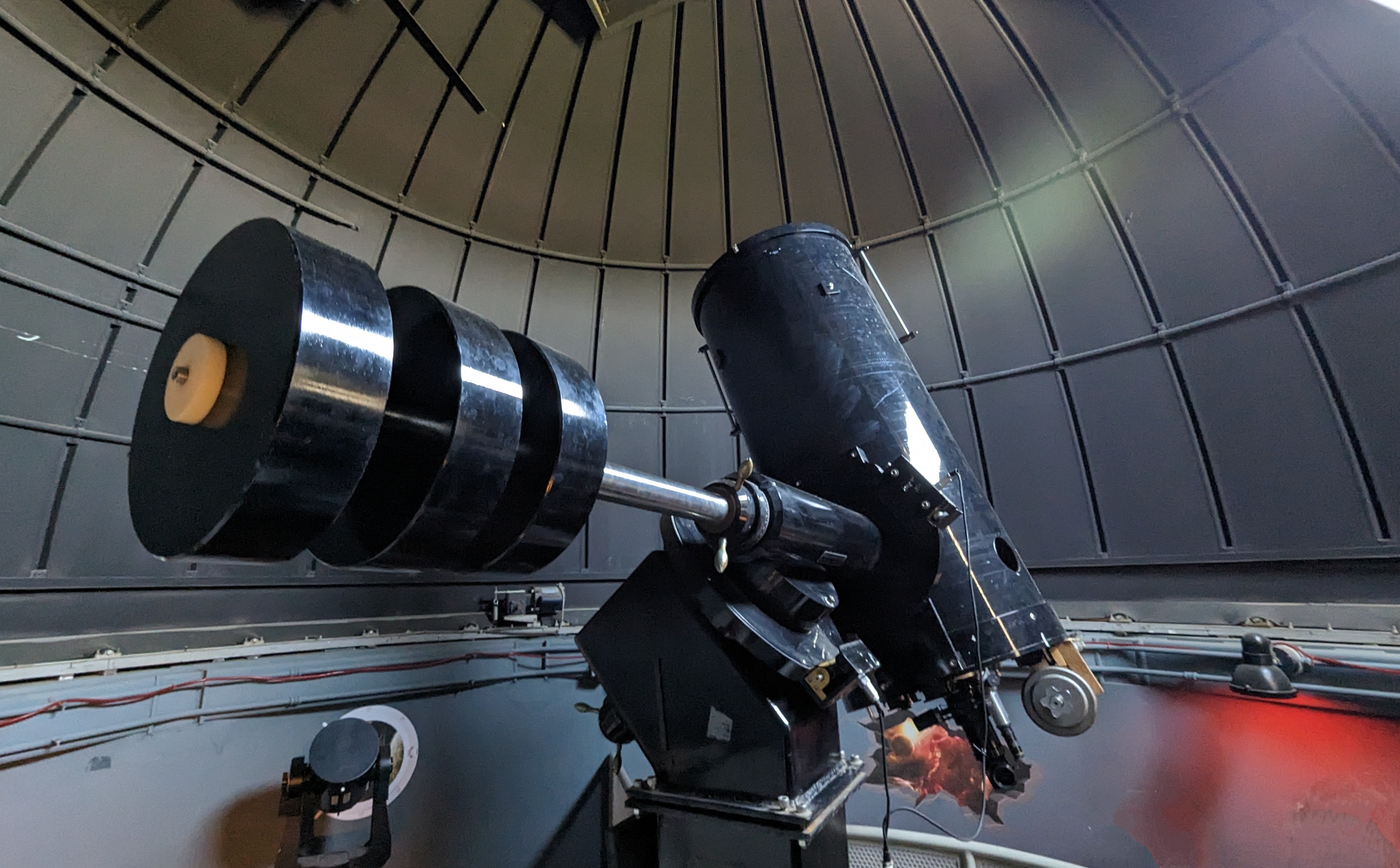Public Observation Nights
Each semester, Millikin hosts Public Observation Nights in the Requarth Observatory every Wednesday from 7:30-9:30 p.m. when there are clear skies and while the weather is warm (early September–early November in the fall and March to semester’s end in mid-May in the Spring).


